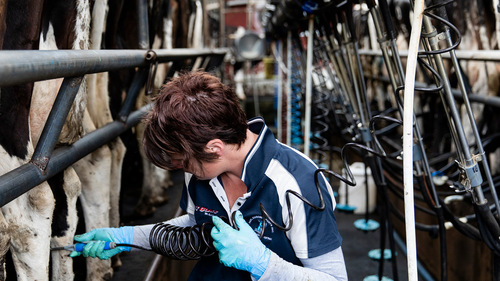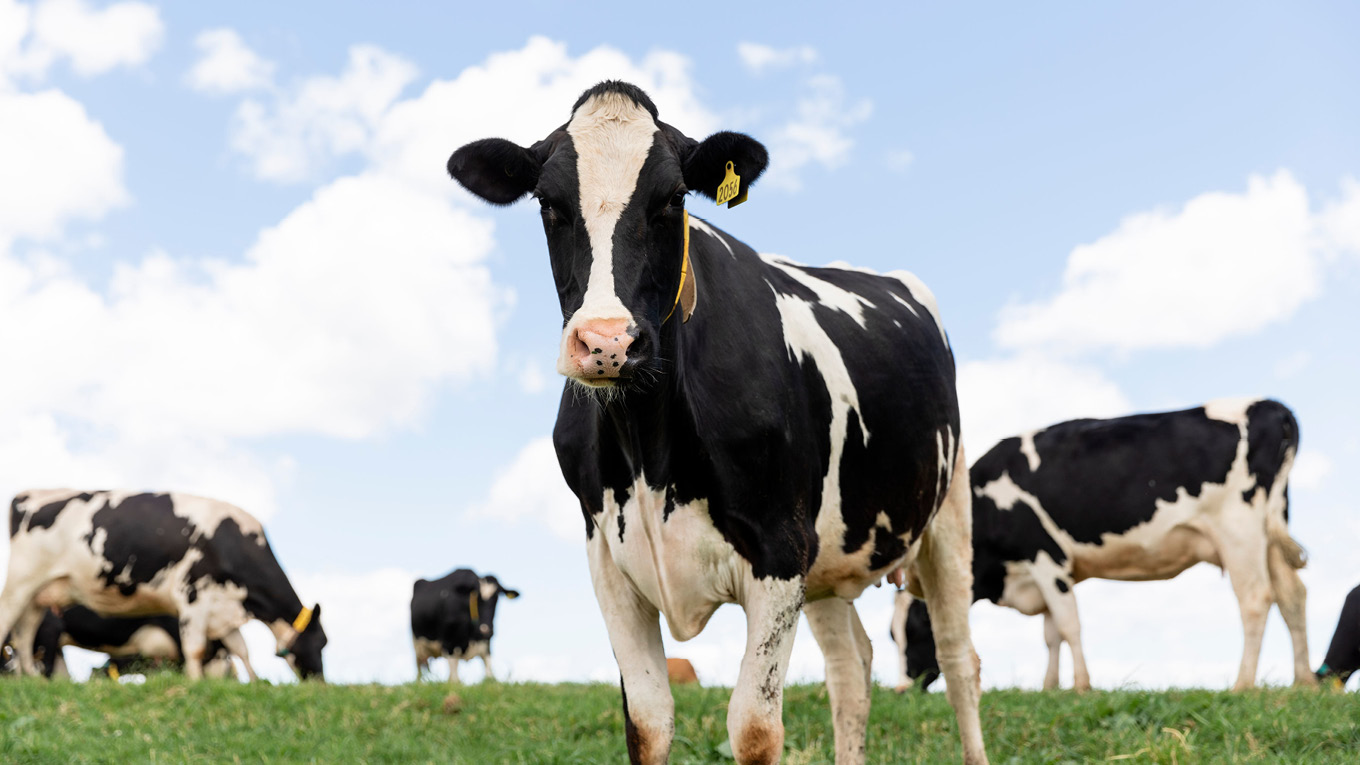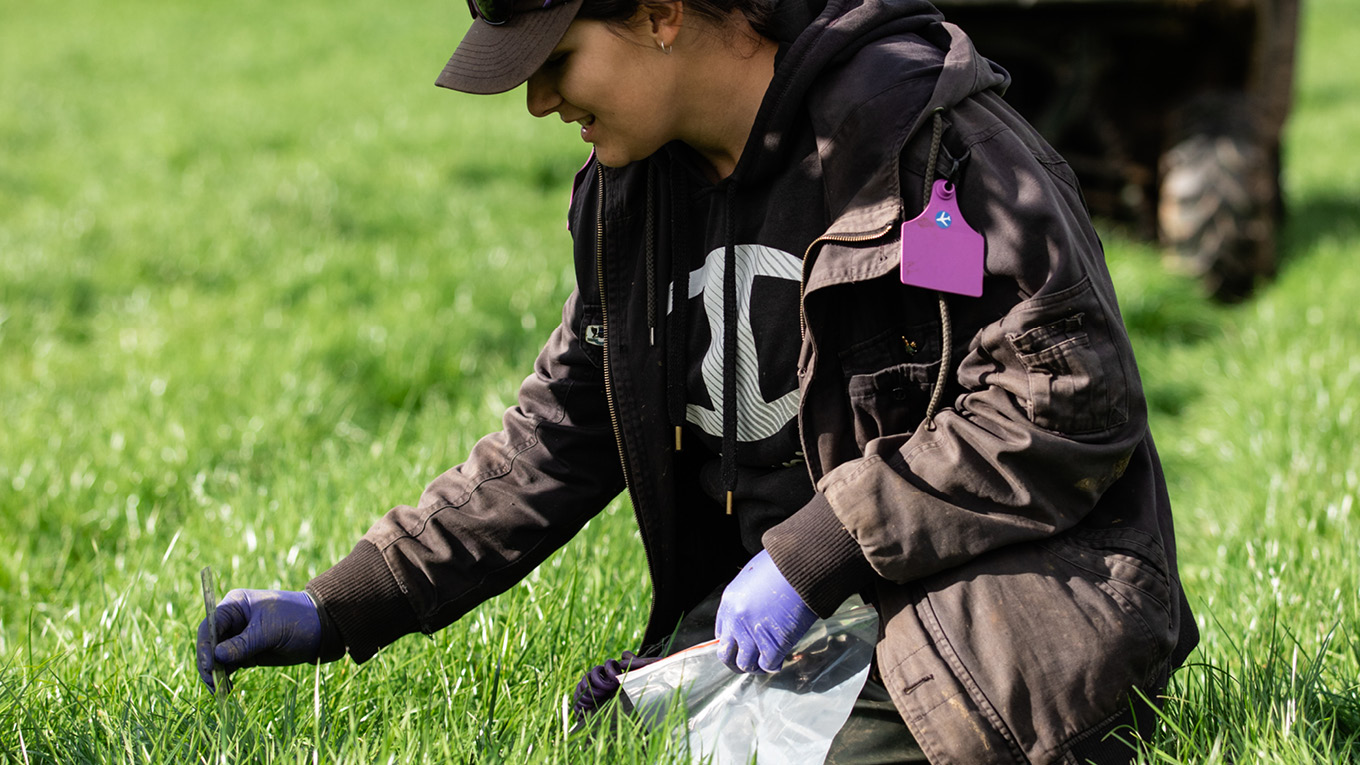Millet & Sorghum
Millet and sorghum accumulate dry matter rapidly in warm conditions. They perform better than most other annual summer crops when soil moisture is limited, making them a good option when water is scarce.
These crops have a high tolerance to water stress and low risk of insect attack. As a result of these characteristics, millet and sorghum produce more feed than most broadleaf summer crop options.
Millet and sorghum stand out in their adaptation to water stress. They are generally direct grazed through the summer months, although both can be conserved.
Performance
With no water or nutrient limitations, sorghum can produce between 17 and 20 tonnes of dry matter (DM) per hectare and millet 7-14t DM/ha. However, under dryland conditions, yields of millet and sorghum can be extremely variable and on commercial farms in southern Victoria these potential yields are rarely achieved. Millet and sorghum are both lower in crude protein (6% to 9%) than other summer crop options and higher in neutral detergent fibre (NDF), which will affect DM intake.
Millet and sorghum have poor nutritive value for the summer diet of lactating cows. The high fibre content does not improve the normally low nutritive value of summer pastures. However, with low fodder supplies, millet and sorghum may be able to supply high yields of forage where other crops will not.
Agronomy
Millet and sorghum are easy to establish but require a high soil temperature to germinate (14 to 16 degrees Celsius). This means they often cannot be sown until late spring or early summer. In some years in southern Victoria, cool summer conditions can restrict the growth of these crops.
Millet and sorghum have a higher nitrogen use efficiency in terms of kilograms of DM produced per kilogram of nitrogen applied than most broadleaf summer forage crops.
Selective herbicides can be used on millet and sorghum in paddocks with a high infestation of broadleaf weeds. On the other hand, there are no selective herbicides available to effectively control grass weeds such as couch and barley grass in millet and sorghum.
Millet and sorghum can be favourable in situations where pests are a problem, as they have minimal pest and disease issues compared to sown brassicas.
Management
Stock should be gradually introduced to new forage and never with an empty stomach. Best practice management of millet and sorghum requires a short grazing period of 1–2 weeks and a longer recovery period of four to six weeks is recommended.
Prussic acid poisoning of stock is a risk if sorghum is grazed at certain stages of growth. Agronomists or nutritionists will be able to provide the right advice on grazing sorghum.
Potential stock health problems can be avoided by carrying out routine vaccinations and drenches. Ample clean drinking water, salt and sulphur blocks should be supplied for cattle when grazing sorghum.
More information is available on the Millet and sorghum fact sheet.
Further and more detailed information can be found on the Millet and sorghum fact sheet produced as part of the 3030 Project.


